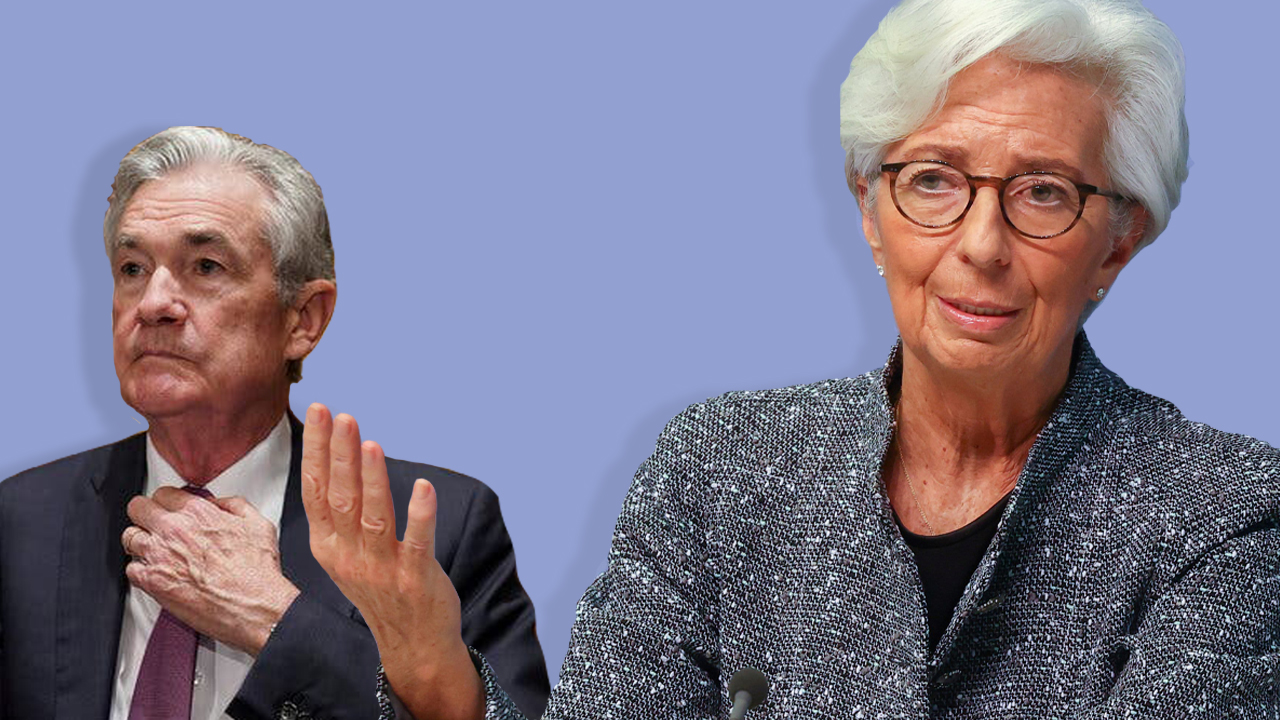
BTC price is caught in the middle of a game of tug-o-war, as evidenced by the fact that pro traders are equally pricing upside and downside risk instruments.
Bitcoin's (BTC) last daily close above $45,000 was 66 days ago, but more importantly, the current $39,300 level was first seen on Jan. 7, 2021. The 13 months of boom and bust cycles culminated with BTC price hitting $69,000 on Nov. 10, 2021.
It all started with the VanEck spot Bitcoin exchange-traded fund being rejected by the United States Securities and Exchange Commission (SEC) on Nov. 12, 2020. Even though the decision was largely expected, the regulator was harsh and direct on the rationale backing the denial.
Curiously, nearly one year later, on Nov. 10, 2021, cryptocurrency markets rallied to an all-time high market capitalization at $3.11 trillion right as U.S. inflation as measured by the CPI index hit 6.2%, a 30-year high.
Inflation also had negative consequences on risk markets, as the U.S. Federal Reserve acknowledged on Nov. 30, 2021, that inflation is more than just a "transitory" problem and hinted that tapering could occur sooner than expected.
More recently, on March 10, the U.S. Senate passed a $1.5 trillion package, which now awaits President Joe Biden's signature. The new money is the first budget increase since former President Donald Trump left office.
Data shows pro traders are not willing to hold leveraged longs
To understand how professional traders are positioned, including whales and market makers, let's look at Bitcoin's futures and options market data. The basis indicator measures the difference between longer-term futures contracts and the current spot market levels.
The Bitcoin futures annualized premium should run between 5% to 12% to compensate traders for "locking in" the money for two to three months until the contract expiry. Levels below 5% are extremely bearish, while the numbers above 12% indicate bullishness.

The above chart shows that this metric dipped below 5% on Feb. 11 and hasn't yet shown signs of confidence from pro traders.
Still, one would not be wrong in assessing that an eventual break of the $44,500 resistance would catch those investors off guard, creating a strong buying activity to cover short positions.
Options traders are less worried about further downside risk
Currently, Bitcoin seems pretty undecided near $40,000, making it difficult to discern a direction in the market. The 25% delta skew is a telling sign whenever arbitrage desks and market makers overcharge for upside or downside protection.
If those traders fear a Bitcoin price crash, the skew indicator will move above 10%. On the other hand, generalized excitement reflects a negative 10% skew. That is precisely why the metric is known as the pro traders' fear and greed metric.

As displayed above, from Feb. 28 until March 8, the skew indicator ranged between 7% and 11%. Albeit not precisely signaling fear, these option traders were overcharging for downside protection by a wide margin.
Related: Bitcoin spikes above $40K as Russia sees 'positive shifts' in Ukraine war dialogue
The past three days showed a remarkable improvement and currently, the 4% delta skew shows more of a balanced situation. From the BTC options markets perspective, there's a similar risk for unexpected upward and downward price swings.
The mixed data from Bitcoin derivatives offer an interesting opportunity for bulls. The cheap futures premium offers long leverage opportunities at a relatively low cost and the downside protection is running at its lowest level in thirty days.
The views and opinions expressed here are solely those of the author and do not necessarily reflect the views of Cointelegraph. Every investment and trading move involves risk. You should conduct your own research when making a decision.




































